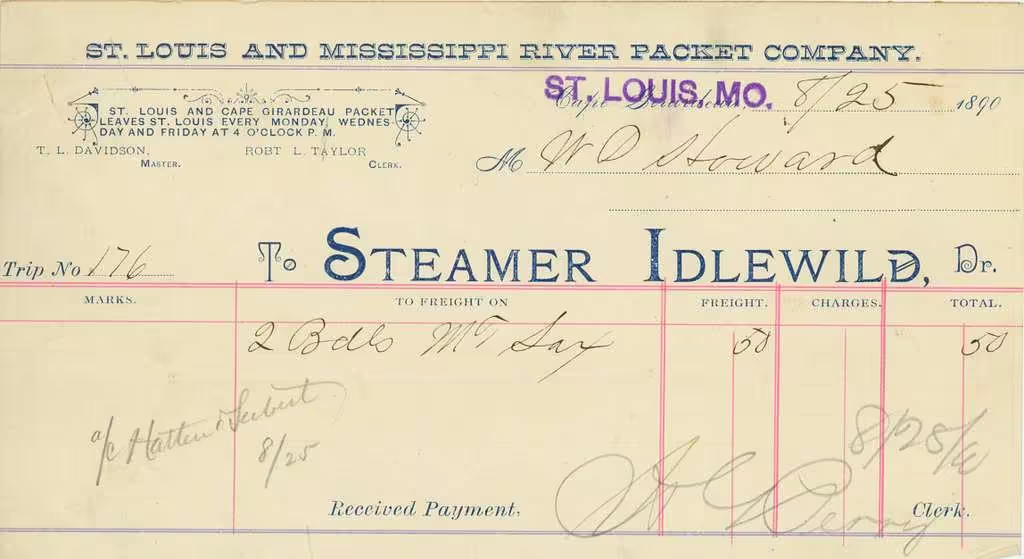Bill of Lading (B/L) plays a vital role in sea freight shipping and international trade. Basically it executes 3 functions:
- Evidence of a concluded contract of carriage (B/L itself is not a contract of carriage)
- Document of a title. Bill of Lading is a document certifying an ownership of the goods. In case of negotiable status ownership can be endorsed (transferred) to another owner.
- Carrier’s receipt. An issued B/L automatically means a Carrier received your cargo for shipment.
Compulsory elements of a Bill of Lading
- Provided by Shipper or Booking party:
- 1.1. Name of the Shipper and address details
- 1.2. Name of the Consignee and address details
- 1.3. Port of discharge
- 1.4. Goods description, particulars furnished by shipper of goods
- 1.5. Freight and charges due by Consignee
- Provided by Carrier
- 2.1. Name of the carrier and address details
- 2.2. Port of loading and loading on board date
- 2.3. Apparent condition of cargo and package
- 2.4. Number of originals B/Ls
- 2.5. Place and date of issue
- 2.6. Carrier’s signature and/or stamp
Absence of some of the above listed details does not automatically neutralise the document however may diminish its role as a Document of a title.
Bill of Lading as evidence of a concluded contract of carriage
Despite common belief – Bill of Lading is not a contract of carriage itself. The moment when such a contract is concluded is e.g. acceptance of an offer, online booking or a voyage charter. Bill of Lading is normally issued at much later stage. For that reason liabilities arising from the contract of carriage may emerge earlier.
However, Bill of Lading is considered to be a first-class evidence of a concluded contract of carriage as a Carrier’s receipt and as a valuable document. Some B/Ls contain terms & conditions of a contract – memorandum of agreement, texted on the back side of the document.


